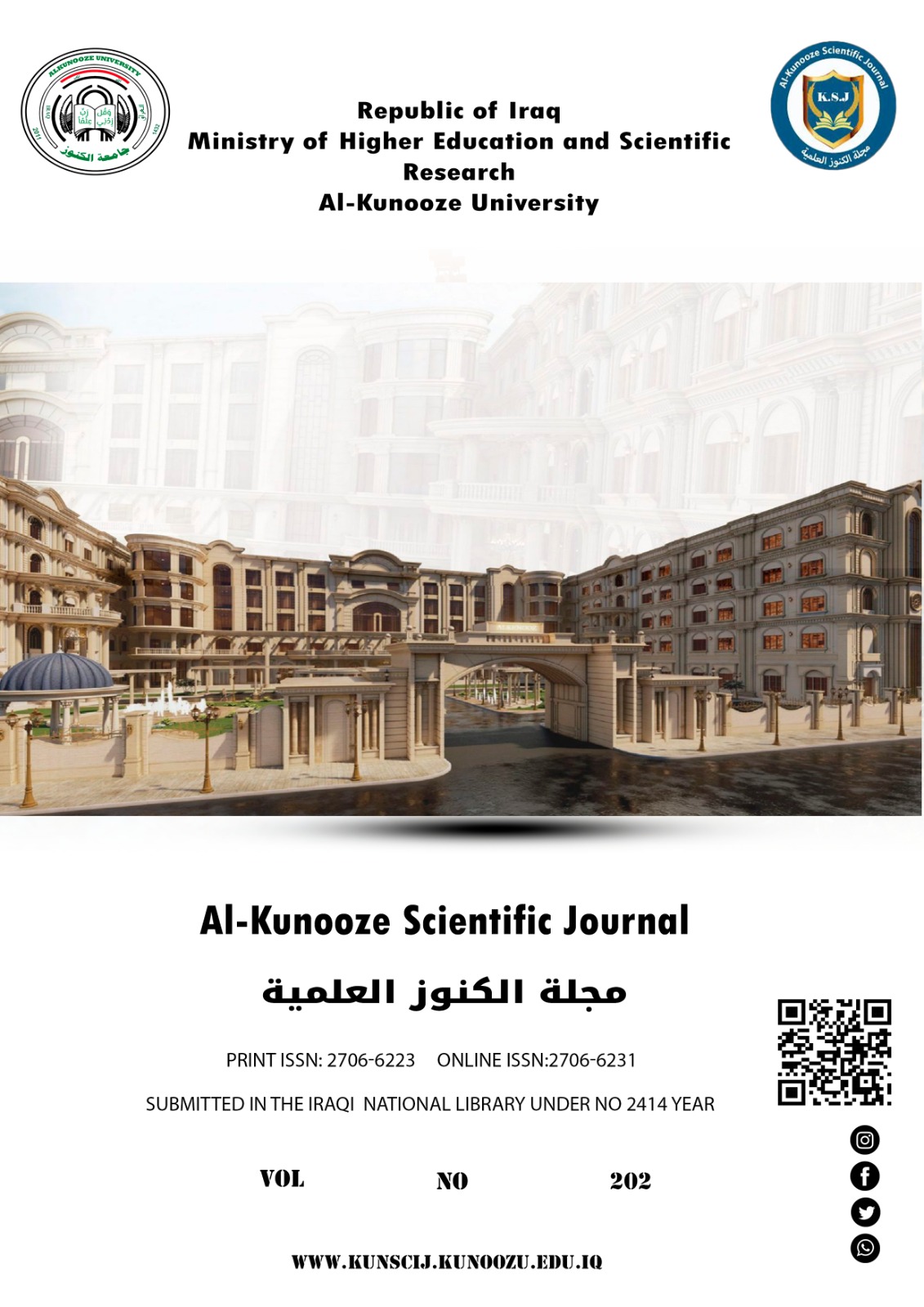Abstract
Scientists have shown significant interest in solid lipid nanoparticles (SLNP) as carriers for drug delivery in recent years. This interest stems from their unique characteristics, including biocompatibility, biodegradability, cost-effectiveness, and appropriate production processes. The SLNP is an emulsion of lipids in water, with emphasis on the lipid being in a solid state at room and body temperature. The formula for preparing the SLNP is primarily composed of solid lipids and surfactants. Depending on the site and the behaviors of drug distribution in the solid particles, we can get three models. The distribution of drugs can occur within the lipid matrix, in the core of lipid particles, or on the particle shells. This review provided a basic introduction to SLNP. Additionally, this paper focused on the main preparation, characterization methods, and different applications of SLNP. This paper covers various preparation methods such as microemulsion, double emulsion, high-pressure homogenization, solvent emulsification evaporation, solvent emulsification diffusion method, supercritical fluid extraction, and solvent injection methods. The characterization methods are carried out by dynamic light scattering, scanning electron microscopy, differential scanning calorimetry, Fourier transform infrared spectroscopy, and powder X-ray diffraction. The applications of SLNP are generally topical, parenteral, pulmonary, oral, and ocular routes of administration.
Keywords
Nanoemulsion
nanoparticles
Nanotechnology
SLNPs
solubility
